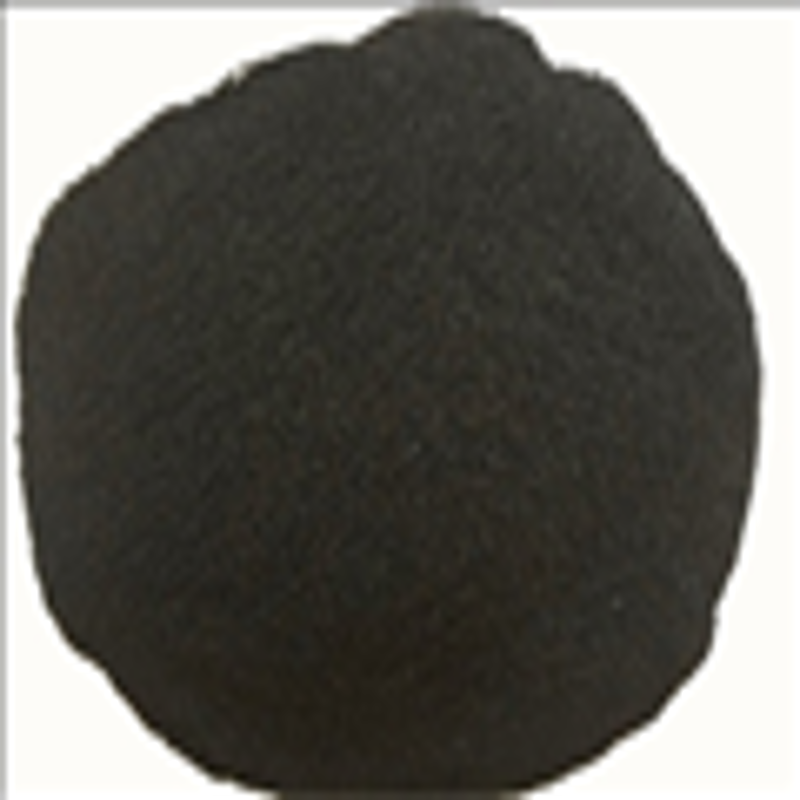-
Categories
-
Pharmaceutical Intermediates
-
Active Pharmaceutical Ingredients
-
Food Additives
- Industrial Coatings
- Agrochemicals
- Dyes and Pigments
- Surfactant
- Flavors and Fragrances
- Chemical Reagents
- Catalyst and Auxiliary
- Natural Products
- Inorganic Chemistry
-
Organic Chemistry
-
Biochemical Engineering
- Analytical Chemistry
- Cosmetic Ingredient
-
Pharmaceutical Intermediates
Promotion
ECHEMI Mall
Wholesale
Weekly Price
Exhibition
News
-
Trade Service
The single-cell sequencing method has reached a more in-depth exploration of different organisms, different tissues and different cell types
On September 8, 2021, the Alexander van Oudenaarden research group of the Royal Netherlands Academy of Arts and Sciences and the Oncode Research Institute of Utrecht University Medical Center and Michael VanInsberghe (first author) published Single-cell Ribo-seq reveals cell in the journal Nature Cycle-dependent translational pausing , constructed scRibo-seq, a translation measurement sequencing technology that can achieve single-codon precision, and revealed the characteristics of cell cycle-dependent translational pausing through this technology
In recent years, there have been certain advances in the detection of single-cell level and translation processes, such as the mass spectrometry technology SCoPE-MS at single-cell resolution [ 4]
The scRibo-seq technology combines nuclease footprinting with small RNA library construction and size enrichment technology to measure the dynamic process of translation in a single cell (Figure 1)
In order to verify the effectiveness of this method, the authors first tested the application effects of scRibo-seq technology in HEK293T cells and hTERT RPE-1
Later, the authors wanted to know whether the state of the cell cycle would have an impact on the cell's response to amino acid restriction, so the authors combined the scRibo-seq technology with FUCCI (Fluorescent ubiquitination-based cell cycle indicators) technology to treat cells of different cell cycles.
After proving the effect of scRibo-seq in cells cultured in vitro, the authors hope to test the application in primary mouse endocrine cells (Enteroendocrine cells)
In general, this work established scRibo-seq, a high-throughput sequencing method for detecting the accuracy of single-codon translation processes, and filled a key gap in current single-cell genomics methods
Original link: https://doi.
【references】
1.
2.
3.
4.
5.
6.
Subramaniam, AR, Pan, T.
& Cluzel, P.
Environmental perturbations lift the degeneracy of the genetic code to regulate protein levels in bacteria.
Proceedings of the National Academy of Sciences of the United States of America110, 2419-2424, doi:10.
1073/pnas.
1211077110 (2013).
7.
Gribble, FM & Reimann, F.
Enteroendocrine Cells: Chemosensors in the Intestinal Epithelium.
Annual review of physiology 78, 277-299, doi:10.
1146/annurev-physiol-021115-105439 (2016).







